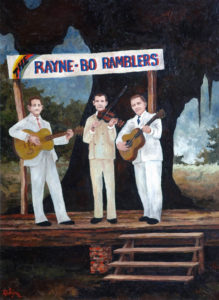Archaeology
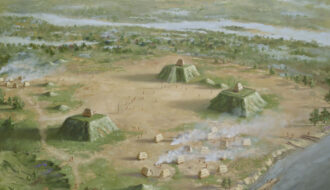
Coles Creek Culture
Once covering most of Louisiana, the Coles Creek culture is known for its distinctive ceremonial mound sites.

Once covering most of Louisiana, the Coles Creek culture is known for its distinctive ceremonial mound sites.
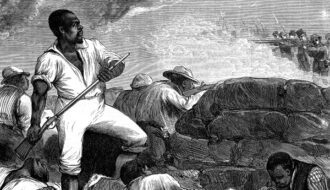
In 1873 white Louisianans responded to Reconstruction policies with violence, resulting in the Colfax Massacre.
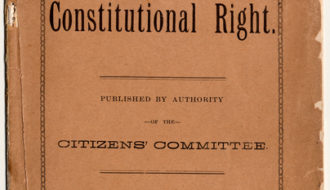
The Comité des Citoyens was an equal rights organization formed in 1891 that played a key role in the events leading up to Plessy v. Ferguson.
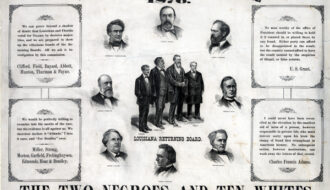
The Compromise of 1877 refers to an unwritten deal that settled the disputed 1876 US presidential election and ended congressional Reconstruction.
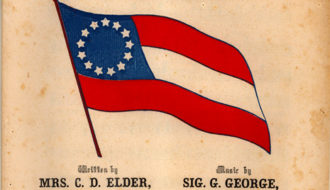
As a member of the Confederate States of America, Louisiana provided soldiers who fought outside the state.
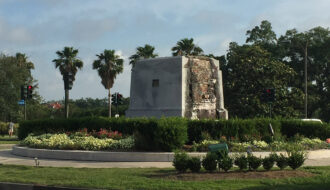
People have long advocated for the removal of monuments to the Confederacy and white supremacy. State and local governments have removed hundreds of monuments in recent years.
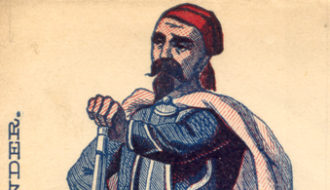
More than 50,000 white men from Louisiana shouldered arms for the Confederacy.
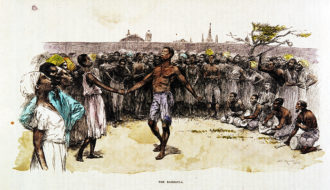
Congo Square, now Armstrong Park in New Orleans’s Tremé neighborhood, served as a gathering ground for Africans in the early years of the city.
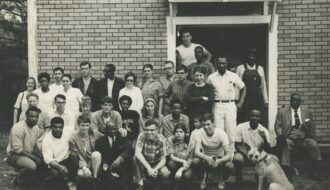
Between 1960 and 1967 the Congress of Racial Equality (CORE) played a key role in Louisiana’s Black freedom struggle.

Convict leasing was a system of penal labor instituted in the American South after the emancipation of slaves by the Thirteenth Amendment to the United States Constitution in 1865, involving the leasing out of prisoners to private companies.
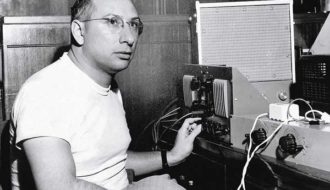
Italian American businessman, studio owner, and recording engineer Cosimo Matassa was one of the seminal figures of popular recorded music.
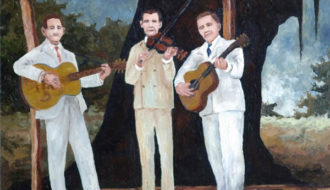
Country music in Louisiana grew out of folk traditions of white rural southerners and includes rockabilly and Cajun music as subgenres.
One-Year Subscription (4 issues) : $25.00
Two-Year Subscription (8 issues) : $40.00
